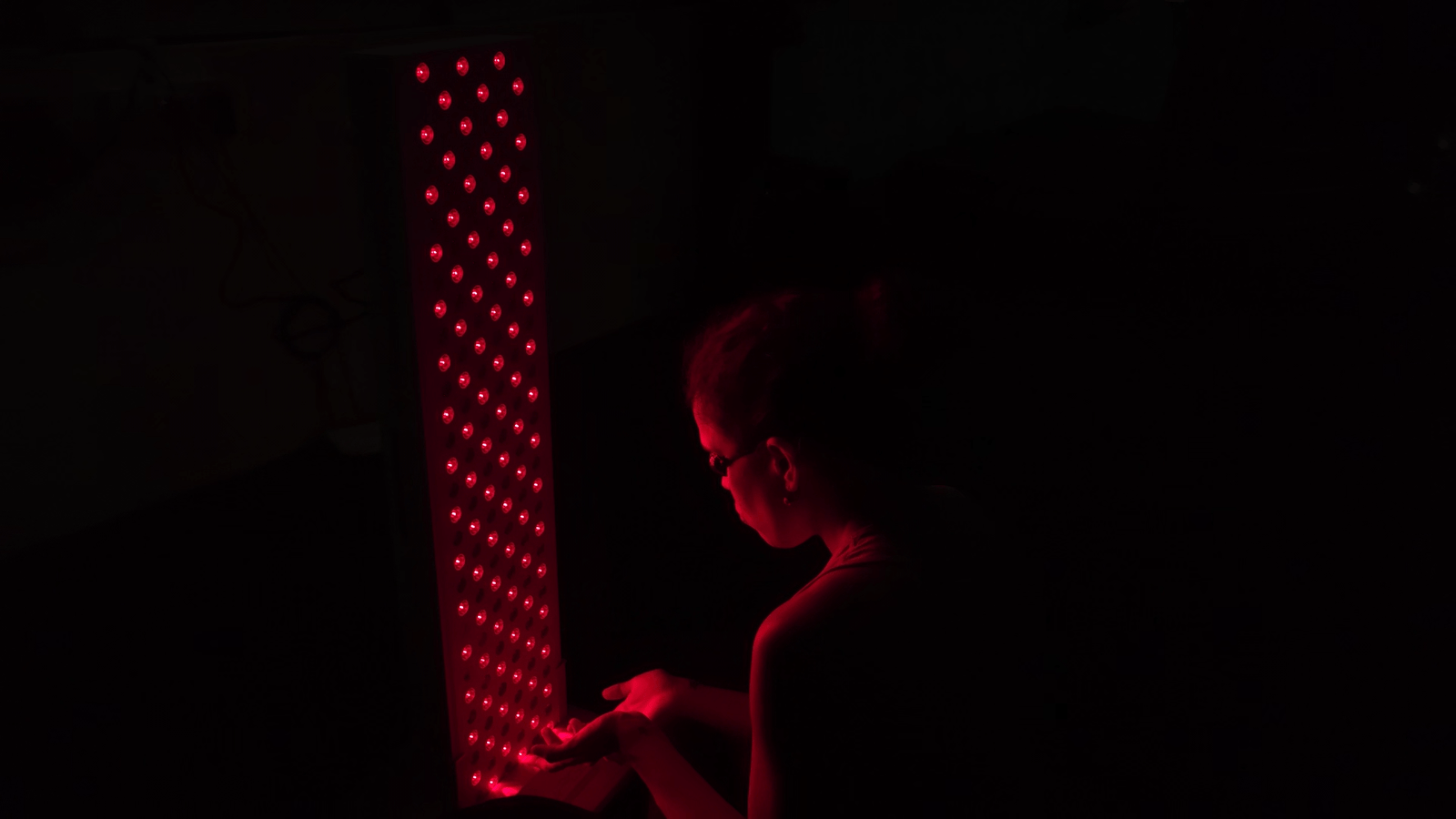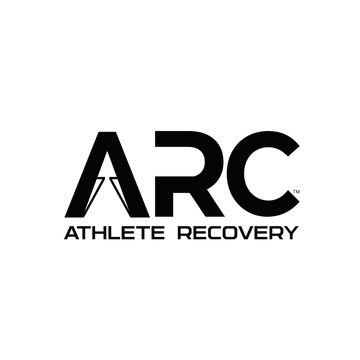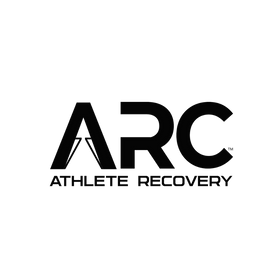Red Light Therapy: The Key to Radiant Skin

Key Highlights
- Red light therapy, also known as photobiomodulation, is a non-invasive treatment that uses low-wavelength red light to improve skin health and treat various conditions.
- It works by stimulating the cells in the skin to produce more energy, which can help with cell repair and rejuvenation.
- Red light therapy has been shown to have numerous for the skin, including reducing fine lines and wrinkles, improving acne, accelerating wound healing, and promoting hair growth.
- It is a and effective treatment option, but it is important to consult with a healthcare provider before starting red light therapy.
Introduction
Red light therapy has gained popularity in recent years as a non-invasive treatment option for various skin conditions and overall skin health. This therapy involves exposing the body to low-wavelength red light, which is believed to have positive effects on the skin. Red light therapy, also known as photobiomodulation therapy, has been used for many years in the medical field to treat skin conditions such as scarring and signs of aging, like wrinkles.
The use of red light therapy has become more accessible with the development of home devices that allow individuals to undergo treatment in the comfort of their own homes. However, it is important to understand how red light therapy works and its potential benefits before incorporating it into your skincare routine.
In this blog, we will explore the science behind red light therapy, its mechanisms of action, and the specific benefits it offers for the skin. We will also discuss the potential side effects and best practices for incorporating red light therapy into your routine. Whether you are interested in improving the appearance of your skin, treating acne, or promoting hair growth, red light therapy may be a viable option for you. Let's dive into the details of this innovative therapy and its potential benefits for radiant skin.
Understanding Red Light Therapy
Red light therapy is a type of therapy that uses low-wavelength red light to stimulate various processes in the skin. It is also known as photobiomodulation therapy because it involves the use of light to modify biological processes in the body.
Red light is used as a therapy to penetrate deep into the skin. When the cells in the skin are exposed to red light, they can absorb and use it to produce more energy. This energy production occurs within the mitochondria, which are the powerhouses of the cell responsible for generating adenosine triphosphate (ATP), the energy source for all cells.
The increased energy production in the cells has various beneficial effects on the skin. It can help the cells respond better to damage, repair themselves, and rejuvenate. This is why red light therapy is often used for skin conditions such as scarring, fine lines, and wrinkles.
It is believed that the therapy stimulates the production of collagen, a protein that is essential for maintaining the skin's elasticity and firmness. Additionally, red light therapy may increase fibroblast production, which helps produce collagen and other tissue fibers in the skin. The therapy also improves circulation between blood and tissue cells, protects cells from damage, and stimulates the production of mRNA in the cells, which further aids in cell repair.
Overall, red light therapy supports the energy production and repair processes in the skin, leading to improved skin health and appearance.
Mechanisms of Action: Penetration and Photobiomodulation
The photobiomodulation effects of red light therapy have been studied extensively, and they are believed to be responsible for the therapy's numerous benefits for the skin. By harnessing the power of red light, red light therapy supports the natural processes of energy production and cell repair in the skin, leading to improved skin health and appearance.
Comprehensive Benefits: From Rejuvenation to Repair
Red light therapy offers comprehensive benefits for the skin, ranging from rejuvenation to repair. The therapy stimulates collagen production, which is essential for maintaining the skin's elasticity and firmness. By increasing collagen production, red light therapy can reduce the appearance of fine lines and wrinkles, improving the overall texture of the skin.
In addition to collagen production, red light therapy also supports tissue repair in the skin. The therapy stimulates fibroblast production, which helps produce collagen and other tissue fibers. This aids in the repair of damaged skin cells and promotes overall skin rejuvenation.
By harnessing the power of red light, red light therapy provides a comprehensive approach to improving skin health. Whether you are looking to reduce the signs of aging or promote overall skin rejuvenation, red light therapy may be a beneficial treatment option for you.
Specific Skin Conditions Treated with Red Light Therapy
Red light therapy can be used to treat various skin conditions and improve overall skin health. Some specific conditions that can benefit from red light therapy include acne, inflammation, wound healing, and hair loss. The therapy's ability to reduce inflammation, stimulate collagen production, and promote cell repair makes it an effective treatment option for these conditions. By incorporating red light therapy into your skincare routine, you can target specific skin concerns and experience the potential benefits of this innovative therapy.
Combatting Acne and Reducing Inflammation
Acne can be a frustrating skin condition, and red light therapy offers a potential solution. The therapy has been shown to reduce inflammation in the skin, which is a key factor in the development of acne. By reducing inflammation, red light therapy can help calm overactive sebaceous glands, which produce sebum that can clog pores and lead to acne.
In addition to reducing inflammation, red light therapy also affects sebum production, further contributing to its effectiveness in treating acne. The therapy penetrates deep into the skin and affects sebum production, reducing the likelihood of clogged pores and acne development.
By incorporating red light therapy into your skincare routine, you can target acne and reduce inflammation in the skin, leading to clearer and healthier-looking skin.
Accelerating Wound Healing and Minimizing Scars
Wound healing is a complex process that can be accelerated with the help of red light therapy. The therapy has been shown to reduce inflammation in the cells, stimulate the formation of new blood vessels, and increase collagen production in the skin. These mechanisms of action contribute to faster wound healing and the minimization of scar tissue.
Red light therapy promotes the production of fibroblasts, which play a crucial role in wound healing by producing collagen and other tissue fibers. By increasing collagen production, red light therapy helps strengthen the skin and minimize the appearance of scars.
Whether you have a minor cut or a more significant wound, incorporating red light therapy into your wound care routine can help accelerate the healing process and promote healthier skin.
Fighting Age Signs: Wrinkles and Fine Lines
One of the most notable benefits of red light therapy is its ability to reduce the appearance of wrinkles and fine lines. The therapy stimulates collagen production in the skin, which can help improve skin elasticity and firmness, reducing the appearance of fine lines.
In addition to collagen production, red light therapy also improves facial texture and reduces skin roughness. The therapy's ability to penetrate deep into the skin and stimulate cell repair contributes to its effectiveness in fighting age signs.
By incorporating red light therapy into your skincare routine, you can target wrinkles and fine lines, promoting a more youthful and radiant complexion.
Beyond Skin: Other Therapeutic Uses of Red Light Therapy
While red light therapy is primarily known for its benefits for the skin, it has also shown promise for other therapeutic uses. The therapy's ability to stimulate cell repair and improve blood flow makes it effective in treating various conditions beyond skin health.
One of the areas where red light therapy has shown significant potential is in promoting hair growth. Studies have indicated that red light therapy can improve hair density and thickness in individuals with androgenic alopecia, a common form of hair loss.
In addition to hair growth, red light therapy has been studied for its potential benefits in brain disorders. Research has suggested that red light therapy may improve symptoms in individuals with traumatic brain injury, dementia, depression, and other brain-related conditions.
Furthermore, red light therapy has been found to be effective in reducing pain in individuals with chronic pain conditions. It can help reduce inflammation, stimulate tissue repair, and increase blood flow, all of which contribute to pain management.
By expanding the use of red light therapy beyond skin health, we can tap into its potential benefits for hair growth, brain disorders, and chronic pain conditions. Further research is needed to fully understand the mechanisms of action and the effectiveness of red light therapy for these conditions.
Enhancing Hair Growth and Scalp Health
Red light therapy has shown promising results in promoting hair growth and improving scalp health Studies have indicated that red light therapy can increase hair density and thickness in individuals with androgenic alopecia, a common form of hair loss.
The therapy works by stimulating the hair follicles and increasing blood flow to the scalp. This enhanced blood flow provides the necessary nutrients and oxygen to the hair follicles, promoting hair growth.
In addition to promoting hair growth, red light therapy can also improve scalp health. It can reduce inflammation in the scalp, stimulate tissue repair, and improve overall scalp condition.
By incorporating red light therapy into your hair care routine, you can target hair loss and promote healthier hair growth and scalp health.
Implementing Red Light Therapy into Your Routine
Implementing ARC's red light therapy panels called Surge Regeneration into your routine, is very easy. A simple plug in and play is all that it needs. The product comes with a timer and you can choose the mode you like. 650nm to 850nm is the required wavelength at which the light is emitted at creating an ideal power required for your red light therapy session.
Incorporating red light therapy into your routine can be a beneficial addition to your skincare or hair care regimen. Whether you are targeting specific skin conditions, promoting hair growth, or improving overall skin health, red light therapy offers a non-invasive and effective treatment option.
Best Practices for Effective Red Light Therapy Sessions
To ensure effective red light therapy sessions, it is important to follow best practices and guidelines. Here are some tips to make the most out of your red light therapy sessions:
- Use the recommended session duration: The maximum amount of time you should be using the red light is 15 to 20 minutes. Beyond which there is no real effect light can do while penetrating through the skin.
- Maintain consistency: Consistency is key when it comes to red light therapy. It is recommended to have regular sessions to see the best results Consult with a healthcare provider or a board-certified dermatologist to determine the appropriate frequency of sessions for your specific condition
- Protect your eyes: Red light therapy devices emit bright light, ARC's Surge Regeneration comes with protective eyewear.
By following these best practices, you can optimize your red light therapy sessions and maximize the potential benefits for your skin or hair.
Comparing Red Light Therapy to Other Skin Treatments
Red light therapy offers a non-invasive and effective treatment option for various skin conditions. When compared to other skin treatments, such as laser therapy or photodynamic therapy, red light therapy stands out for its safety and accessibility. It does not involve any invasive procedures or the use of chemicals, making it suitable for a wide range of individuals. Additionally, red light therapy has been shown to have minimal side effects when used properly, making it a preferable option for those seeking natural and gentle treatments for their skin.
Red Light Therapy vs. Chemical Peels
Red light therapy and chemical peels are both popular treatments for improving skin health and addressing various skin concerns. While they may have overlapping benefits, they work in different ways and have different side effects.
|
Red Light Therapy |
Chemical Peels |
|
Uses specific wavelengths of red or near-infrared light |
Uses chemical solutions to exfoliate the skin |
|
Stimulates cellular energy production to promote skin rejuvenation |
Removes the outer layers of the skin to reveal fresher, smoother skin |
|
Can help improve collagen production and reduce fine lines and wrinkles |
Can help improve skin texture, reduce hyperpigmentation, and even out skin tone |
|
Generally well-tolerated with minimal side effects |
May cause redness, swelling, peeling, and temporary skin sensitivity |
|
Can be used on all skin types |
May not be suitable for all skin types, especially sensitive or damaged skin |
Red Light Therapy vs. Laser Treatments
Red light therapy and laser treatments are both used for various skin conditions, but they differ in terms of the type of light used and the depth of penetration.
Red light therapy uses specific wavelengths of red or near-infrared light to stimulate cellular energy production and promote skin rejuvenation. It is a non-invasive treatment that is generally safe and well-tolerated.
Laser treatments, on the other hand, use focused beams of light to target specific skin concerns. They can be more intense and may have a higher risk of side effects, such as skin redness, swelling, and potential risks like skin burns or pigmentation changes.
While red light therapy has shown potential benefits in improving skin health and reducing inflammation, laser treatments are often used for more specific concerns like skin cancer removal or hair removal. needs and concerns.
Conclusion
In essence, red light therapy offers a non-invasive, effective way to promote healthier and more radiant skin. From combating acne to reducing inflammation, accelerating wound healing, and minimizing signs of aging, its benefits are extensive and well-documented. By understanding its mechanisms of action and implementing it into your skincare routine with proper guidance, you can harness the power of red light therapy for glowing skin. Whether you're looking to address specific skin conditions or enhance overall skin health, incorporating this innovative treatment can be a game-changer in your skincare regimen.
Frequently Asked Questions
How Often Should You Use Red Light Therapy for Best Results?
The frequency of red light therapy sessions for best results can vary depending on the specific skin issue being addressed and the individual's response to the treatment. Some people may see improvements with just a few sessions, while others may require more frequent sessions over a longer period of time. It is important to follow the recommendations of a healthcare provider or dermatologist to determine the optimal session frequency for the desired results. Regular and consistent use of red light therapy is key to maximize its effectiveness.
Can Red Light Therapy be Used on All Skin Types?
Red light therapy can generally be used on all skin types, including sensitive and delicate skin. However, it is important to consult with a healthcare provider or dermatologist before starting red light therapy, especially if you have any underlying skin conditions or concerns. They can assess your skin type and provide guidance on the potential benefits and considerations for your specific skin type. Red light therapy is known for its potential benefits in promoting skin health, but individual results may vary.
What Should You Do Before and After Red Light Therapy Sessions?
Before a red light therapy session, it is important to prepare the skin by cleansing it thoroughly and removing any makeup or skincare products. This ensures that the light can penetrate the skin effectively. It is also important to follow the instructions provided with the red light therapy device, including the recommended distance and duration of each session.
After a red light therapy session, it is recommended to moisturize the skin to keep it hydrated and to protect it from any potential dryness or irritation. It is also important to continue with a regular skincare routine to maintain overall skin health. Consistency is key to maximize the effectiveness of red light therapy sessions.
Disclaimer:
Always consult with your certified health practitioner before use. Not suitable for kids, pregnant and lactating women and individuals with underlying health conditions.
References
https://www.ncbi.nlm.nih.gov/pmc/articles/PMC9366035/
https://www.ncbi.nlm.nih.gov/pmc/articles/PMC4126803
https://pubmed.ncbi.nlm.nih.gov/33088809/
https://pubmed.ncbi.nlm.nih.gov/29328508/
https://www.sciencedirect.com/science/article/abs/pii/S1011134416304456
https://www.ncbi.nlm.nih.gov/pmc/articles/PMC4148276/
https://www.ncbi.nlm.nihgov/pmc/articles/PMC3926176/
https://www.sciencedirect.com/science/article/abs/pii/S0305417903003668








